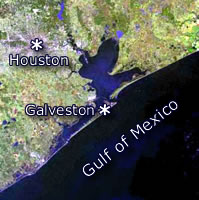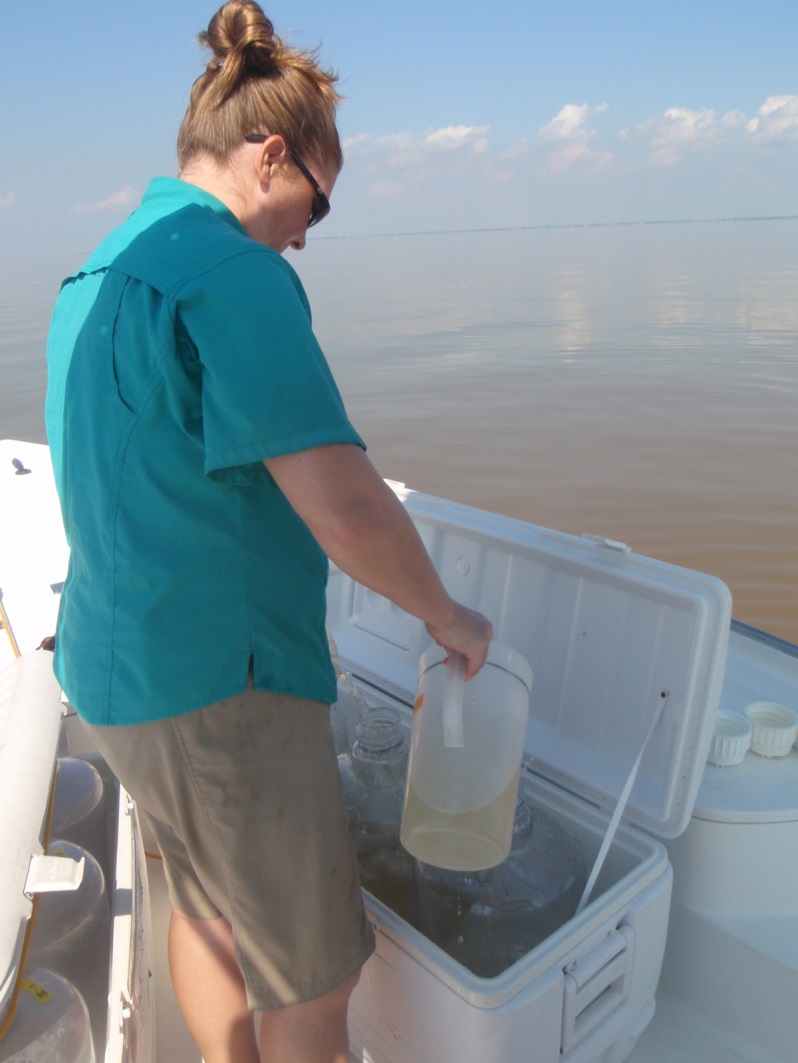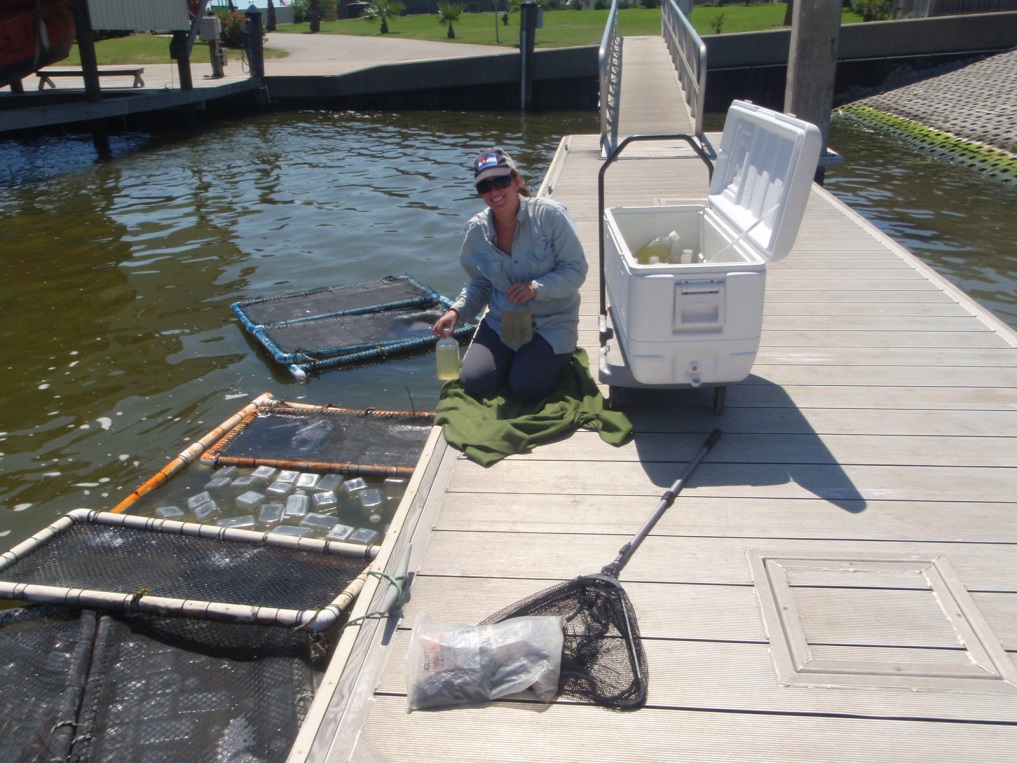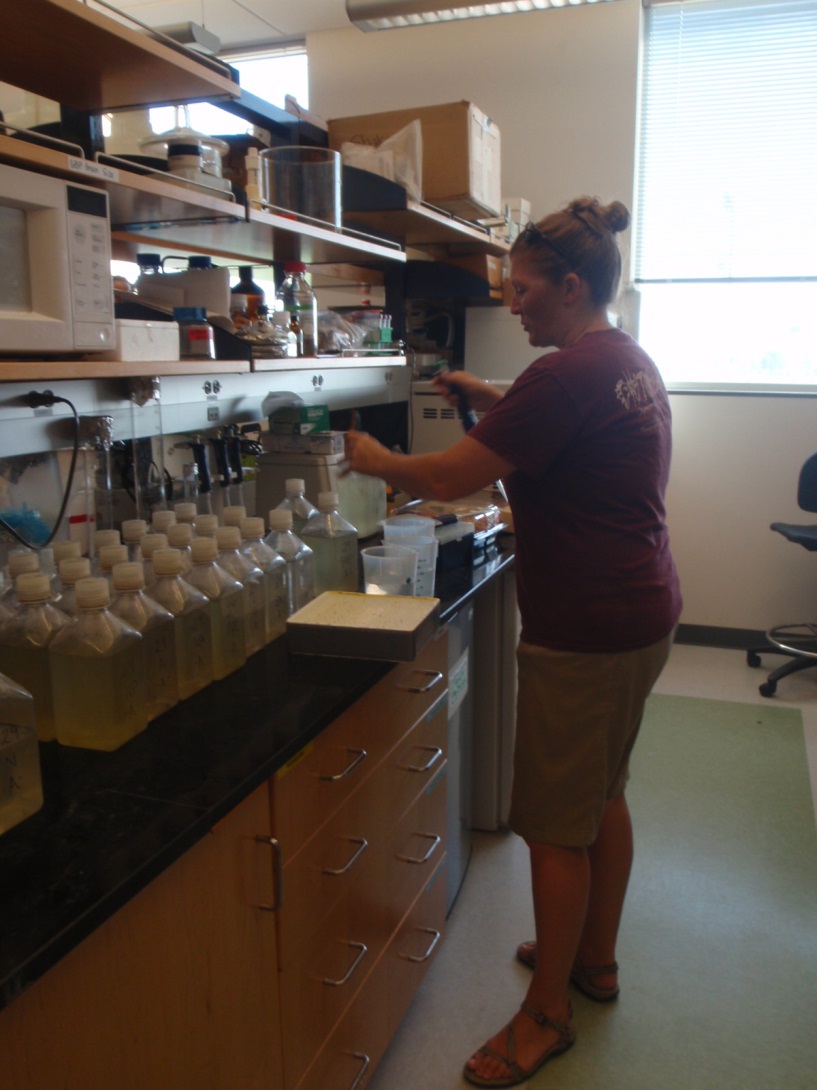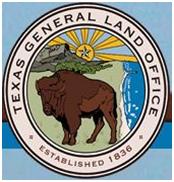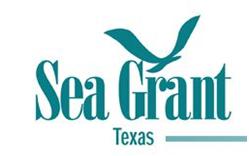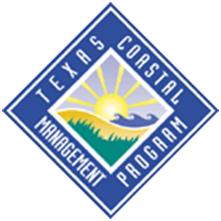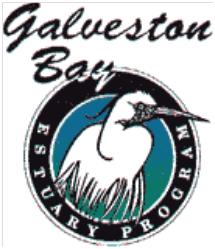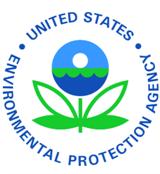Galveston Bay
Houston is the largest city in the state of Texas and the fourth-largest in the United States. The cities metropolitan area is home to 5.4 million people. Internationally known for its energy and aeronautics industries, and for its ship channel (with the Ports of Houston, Galveston and Texas City), the area is also the world's leading center for building oilfield equipment. The Port of Houston is a leading port in the world in terms of its size, number of vessels handled in terms of international commerce. Second only to New York City in Fortune 500 headquarters, Houston contains the world's largest concentration of research and healthcare institutions. The city has an active visual and performing arts scene as Houston with year-round resident companies in all major performing arts.
Galveston Bay is the largest of seven estuaries located along the Texas coast. Freshwater inflows enter primarily from the Trinity and San Jacinto Rivers, and numerous local bayous. This is offset by seawater from the Gulf of Mexico. The bay covers 1,500 km², is about 50 km long and 27 km wide, and only about 2.5 m deep in most locations. In 1987, the U.S. Congress established the National Estuary Program to promote long-term planning and management of nationally significant estuaries: Galveston Bay is protected by one of only 28 such programs in the US. The Galveston Bay Estuary Program (GBEP)'s comprehensive conservation management plan, the Galveston Bay Plan, was approved by the Governor of Texas and the Administrator of the U.S. Environmental Protection Agency (USEPA) in the Spring of 1995. These are guiding documents for research and other activities in Galveston Bay. Given the bay provides nursery and spawning grounds for large amounts of marine life, is important for both commercial and recreational fishing and oyster harvests, as well as important recreational location for Houstonians, many projects in the laboratory are driven towards understanding this system and its bayous.
Understanding the Role of Nutrients in Defining Phytoplankton Responses in the Trinity-San Jacinto Estuary
The objective of this study was to support continued research aimed at developing an understanding of nutrient fluxes in the Trinity-San Jacinto Estuary, with the ultimate goal of determining the nutrient budget for this ecosystem. We examined the effect of the nutrient loading associated with freshwater inflows (FWI), particularly, those associated with Trinity River and to a lesser degree, those associated with the San Jacinto River on the phytoplankton community. Intensive resource limitation assays (RLAs) were performed across six locations in the Trinity-San Jacinto Estuary during March and July. Given the flows in 2011 were not very distinctive, we did not compare “high” versus “low” flow but instead compared changes due to seasons when the strong inflow signal has been depressed.
The findings of resource limitation assays in this study indicate that phytoplankton communities were frequently limited by “ALL” nutrients, that is, by a combination of nitrate, phosphate and silicate, and possibly ammonium and frequently co-limited by nitrate and phosphate (+NP treatments) at all six stations in the Bay (see figure below). At the three stations located in the southern portion of the Bay, phytoplankton were also frequently co-limited by nitrate and ammonium (+NA treatments) in March. The findings are consistent with previous studies which have shown that N limitation is the dominant process in warmer months and/or at times when there are very little freshwater flow into the Trinity-San Jacinto Estuary.
We found that diatoms plus dinoflagellates were dominant in March, while cyanobacteria became more important in July. Partly of this reflects a seasonal transition in the major taxons and partly this reflects competition for nutrients. Shifts in the dominant phytoplankton groups have consequences to higher trophic levels including oysters and fish.
In terms of developing a nutrient budget for the Trinity-San Jacinto Estuary, this study was important as it provides important baseline information on the impact of very low flows in the Trinity-San Jacinto Estuary as 2011 was a drought year. The reduced freshwater inflows resulted in elevated salinities across the Bay for much of the year such that by the end of 2011 more than 90% of the Bay had salinities of greater than 25. The resulting data and conclusions will be essential for developing the next generation of predictive models relating FWI to bay health.
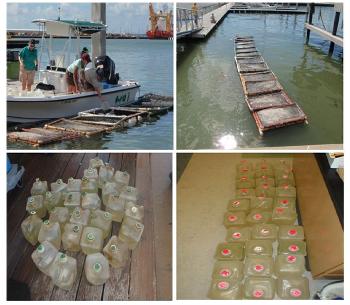
Experimental set up: 1. Collect water samples from locations across the bay. 2. Fill cubitainers with water and ameliorate with the appropriate treatment, if any. 3. Deploy cubitainers in float corral’s for a week so phytoplankton experience relatively ambient conditions of light, photoperiod, temperature and turbulence. 4. Collect cubitainers (yes, all 180! of them) and return to lab for fun times filtering and processing.
Swan Lake: Pilot Study Site Utilizing Processed Industrial Wastewater Manage Salinity in Lower Galveston Bay
In estuaries along the northern coast of the Gulf of Mexico, the eastern oyster, Crassostrea virginica, is highly valued for both its ecological and economic role. Following the devastation of the upper Texas coast by hurricanes in 2005 and 2008, there is renewed interest in restoration and creation of reefs. In many cases, progress may be hampered by the lack of suitable substrate. Swan Lake and the Virginia Point Shoreline (Galveston Bay, Texas) have a real potential to act as a new oyster reef whilst the oysters would provide shoreline protection and reduce erosion in this area.
The present study analyzed spatio-temporal variation in growth and condition of market-sized oysters of C. virginica as well as recruitment in spat from 2009 to 2010 within the study area and a control site (Sportsman's Road). We found oyster recruitment was higher in Swan Lake relative to along the Virginia Point Shoreline; possibly because of (not significantly) lower overall salinities in the area. We did not find significant differences in Dermo (Perkinsus marinus) intensities between sampling locations but did find that at < than 25°C, Dermo intensities were significantly lower in 2010 than in 2009. This result is important because water temperatures were similar both years but there were overall lower salinities in 2010 than in 2009. Salinity is known to be one of the important forcing factors (higher salinities; higher Dermo intensities); the other is temperature. Hence, if freshwater is released into the Swan Lake and along the Virginia Point Shoreline, our findings suggest oysters in this area are likely to experience less stress as a result of this protozoan parasite.
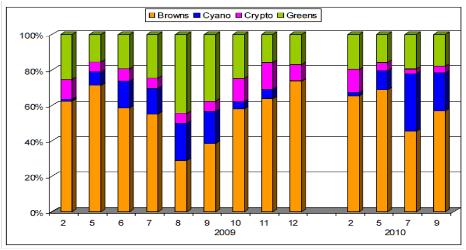
Major phytoplankton groups found in Swan Lake (HPLC + Chemtax) in 2009 and 2010.
We also examined changes in phytoplankton community composition and production at the locations in which the oysters were growing. The dominant food source for the oysters in this area was diatoms, based on microscopic analysis and HPLC. Secondarily, cyanobacteria and “green” algae were important at different times based on HPLC analysis; these two groups are however difficult to examine microscopically. Food supply was similar at all stations and varied as a function of temperature primarily, and then other biotic and abiotic factors which did not investigate in detail.
Full details in: Quigg, A., Windham, R., Zhang, Z., Fleur Swartz, R., Anis, A. and Ray, S. 2010 Final Report of the Coastal Coordination Council pursuant to National Oceanic and Atmospheric Administration Award No. NA08NOS4190458. pp 82. Texas Coastal Management Program Cycle 13.
Freshwater Inflows and the Health of Galveston Bay: Characterizing the Nature of the Nutrient and Sediment Loads and Thier Effect on Primary Productivity
The Galveston Bay watershed is likely to see the largest population growth along the Texas coast in the next few decades. We need to understand how the present Galveston Bay ecosystem responds to nutrient and sediment loading from freshwater inflows in order to develop a conceptual understanding of the downstream ecological impacts of future mitigation strategies for freshwater inflows. This program addressed goals stated in the TGLO-CMP documents (Cycle 13), specifically those associated with water supply and quality. The major gap in the present knowledge continues to be a clear understanding of the downstream ecological impacts of changes to freshwater inflows and the modes of nutrient loading and the effects it has on estuaries.
Herein we have examined patterns of water quality – salinity, chlorophyll, dissolved organic matter and other values – on fine spatial and temporal scales. The project spanned a range of inflow conditions into the Galveston Bay estuary between January and December 2009. Spatial maps generated from monthly sampling campaigns with a Dataflow unit provided a clear depiction of inflow effects on water quality in the system. In the fall/spring, repeated, large freshwater inflow events freshened much of the bay, introduced nutrients and lowered water clarity. Noticeable differences in the northern section (upper bay) versus the southern section (lower bay) of Galveston Bay in terms of water quality, phytoplankton biomass and community composition, much of which was related to aforementioned river inflow effects on salinity, nutrients and to a lesser degree sediment loading. The findings of this study indicate that phytoplankton communities were co-limited by N (as nitrate) and P (as orthophosphate) for much of the year and in some cases, N-limited or P-limited. In responding to nutrient additions, different components of the phytoplankton community were stimulated and the extent to their response was dependent on both the nutrient supplied and on the location in which the phytoplankton were collected, that is, northern (upper) or southern (lower) Galveston Bay. The differential responses reflect the ability of the phytoplankton in different parts of the bay to deal with perturbations in their environment which vary both in magnitude and duration. This project will contribute to the state’s efforts to improve resource management by providing basic information, maps, and links to new and pre-existing data. These are all necessary for sound implementation of CMP goals and policies and updating and analysis of existing information is necessary for coastal management decisions.
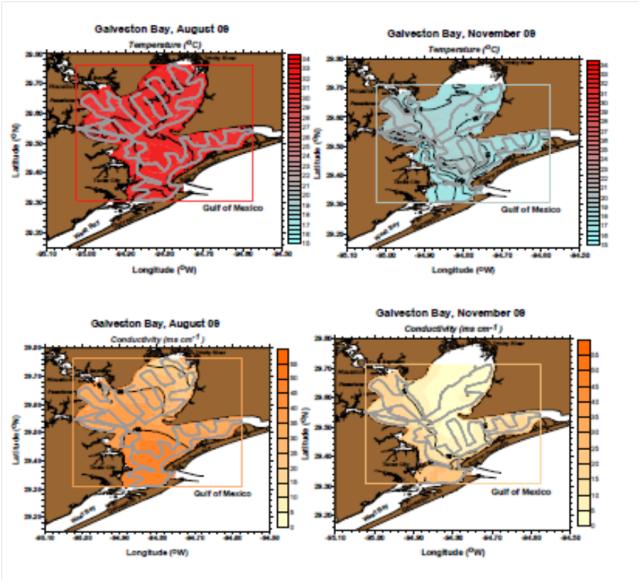
Using the Dataflow, we are able to generate high resolution maps of water quality parameters. Temperature and conductivity are shown here.
Full details in: Quigg, A. 2010 Final Report of the Coastal Coordination Council pursuant to National Oceanic and Atmospheric Administration Award No. NA08NOS4190458. pp. 56. Texas Coastal Management Program Cycle 12.
and:
Quigg, A. 2010 Towards development of a nutrient budget for the Trinity-San Jacinto Estuary. Final Report for the Texas Water Development Board. Interagency Cooperative Contract TWDB Contract No. 0904830894 and 1004831016. pp. 62.
Galveston Bay plankton analysis
The Galveston Bay Estuary Program identified an “examination of the impacts of freshwater inflow and bay circulation” as priority areas in its comprehensive conservation management action plan for 2001-2005. The program’s goal was specifically to ensure beneficial freshwater inflows necessary for a salinity, nutrient and sediment loading regimes adequate to maintain productivity of economically important and ecologically characteristic species in Galveston Bay. The major gap in the present knowledge is a clear understanding of the downstream ecological impacts of changes to freshwater inflows on estuaries, specifically phytoplankton communities.
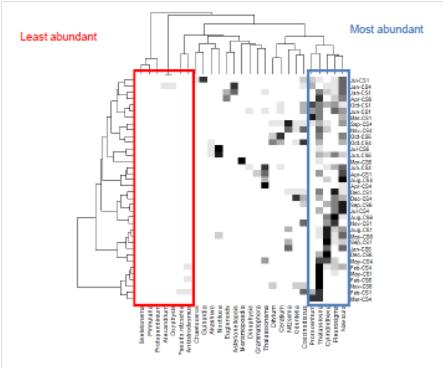
This two way cluster analysis groups the major phytoplankton genera and stations simultaneously.
Hence, phytoplankton community structure was monitored in response to freshwater inflows in Galveston Bay. The project spanned a range of inflow conditions into the Galveston Bay estuary between January 2005 and December 2006. Using a multi-variate and multi-dimensional statistical approach, we did find that specific genera of diatoms and dinoflagellates, the two major groups, occur in specific parts of Galveston Bay at specific times of the year. For example, the diatoms Navicula, Thalassionema, Thalassiosira and to a lesser extent Pleurosigma, were most abundant at Stations 1 and 4 (Bolivar Pass near mouth and Morgan’s Point in the middle of Galveston Bay respectively – see map below) during the spring and summer months (March to August 2005). Cylindrotheca and many of the other diatoms were present mostly at Station 6 (Trinity River basin), but to a lesser extent in other parts of Galveston Bay. These euryhaline phytoplankton are common to many bays and estuaries throughout the world and form the base of many important trophic food webs, supporting zooplankton and fish populations.
Unfortunately, we also identified species which have been associated with harmful algal blooms. These include the diatoms Pseudo-nitzschia and Nitzschia and the dinoflagellates Akashiwo, Dinophysis, Prorocentrum and Protoperidinium. These phytoplankton species have been implicated in fish kills and shellfish hatchery closures around the world. We did not detect any Karenia brevis or Pfiesteria sp. in our microscopic examination – blooms of these two species in Galveston Bay would severely disrupt the Galveston Bay ecosystem. Understanding the linkages between the magnitude of freshwater inflows and phytoplankton community structure in Galveston Bay remains a challenge: requiring further data collection in the Galveston Bay system, enumeration of existing of newly collected phytoplankton samples from 2008-2009, and analysis of additional parameters in order to further clarify the importance of inflow events in this estuarine system.
Full details in: Quigg, A., Roelke, D. F. and Davis, S. E. 2009. Final Report of the Texas Commission on Environmental Quality pursuant to US Environmental Protection Agency Grant Number: 985628. pp. 55.
Freshwater inflows and the Health of Galveston Bay: Influence of Nutrient and Sediment Load on the Base of the Food Web
The Galveston Bay Estuary Program identified an “examination of the impacts of freshwater inflow and bay circulation” as priority areas in its comprehensive conservation management action plan for 2001-2005. Specifically to ensure beneficial freshwater inflow necessary for a salinity, nutrient and sediment loading regime adequate to maintain the productivity of economically important and ecologically characteristic species in Galveston bay. The major gap in the present knowledge is a clear understanding of the downstream ecological impacts of changes to freshwater inflows and modes of nutrient loading have on estuaries. Hence, water quality, primary productivity and phytoplankton community structure was monitored in response to freshwater inflows in Galveston Bay.
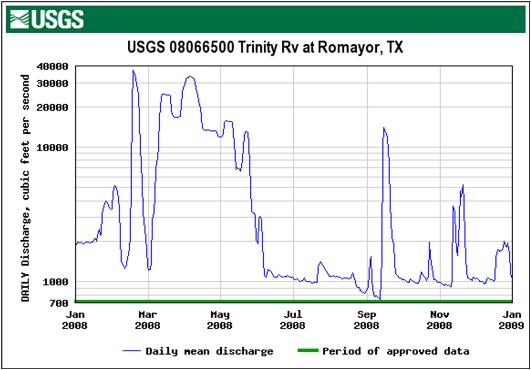
The project spanned a range of inflow conditions into the Galveston Bay estuary between January and December 2008. Spatial maps generated from monthly sampling campaigns with a Dataflow unit provided a clear depiction of inflow effects on water quality in the system. In the fall/spring, repeated, large freshwater inflow events freshened much of the bay, introduced nutrients and lowered water clarity. In the summer/fall, freshets were infrequent. Noticeable differences in the northern section (upper bay) versus the southern section (lower bay) of Galveston Bay in terms of water quality, primary productivity and community composition, much of which was related to aforementioned river inflow effects on salinity, nutrients and to a lesser degree sediment loading. The findings of this study indicate that phytoplankton communities were co-limited by N (as nitrate) and P (as orthophosphate) for much of the year. Understanding of the linkages between the magnitude of freshwater inflows, nutrient and sediment loading on phytoplankton community structure and productivity for the Galveston Bay ecosystem remains a challenge. This requires further data collection in the Galveston Bay system, enumeration of existing phytoplankton samples from 2006, and additional analysis will enable us to further clarify the importance of pulsed inflow events in this estuarine system.
Full details in: Quigg, A., Roelke, D. F. and Davis, S. E. Final Report of the Coastal Coordination Council pursuant to National Oceanic and Atmospheric Administration Award No. NA07NOS4190144. pp. 54. Texas Coastal Management Program Cycle 13.
and
Quigg, A. 2009. Phytoplankton Responses to Freshwater Inflows in the Trinity-San Jacinto Estuary. Final Report for the Texas Water Development Board. Interagency Cooperative Contract TWDB Contract No. 0804830792. pp. 54.
Changes in Freshwater Inflows and How They Effect Texas Bayous
The Galveston Bay Estuary Program identified an “examination of the impacts of freshwater inflow and bay circulation” as priority areas in its comprehensive conservation management action plan for 2001-2005. Specifically to ensure beneficial freshwater inflows necessary for a salinity, nutrient and sediment loading regimes adequate to maintain productivity of economically important and ecologically characteristic species in Galveston bay. The major gap in the present knowledge is a clear understanding of the downstream ecological impacts of changes to freshwater inflows and modes of nutrient loading have on estuaries. Hence, we proposed to monitor changes in water quality, primary productivity and phytoplankton community structure in response to freshwater inflows in Galveston Bay.
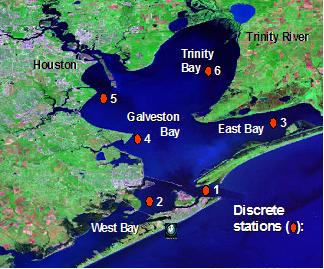 The project spanned a range of inflow conditions into the Galveston Bay estuary between January and December 2006. Spatial maps generated from monthly sampling campaigns with a Dataflow unit provided a clear depiction of inflow effects on water quality in the system. In the fall and spring, repeated inflows events freshened much of the bay, introduced nutrients and lowered water clarity. Fixed station data supported this, particularly with regard to inorganic nutrient (N and P) concentrations. Our data further suggest that the upper bay is likely limited by the availability of N (based on atomic ratios of N:P) and this may be enhanced by inflow events. HPLC pigment data, indicating the relative composition of the phytoplankton community, are still being processed at this time and are not expected until late 2007. So, we are still missing data from a few key months in early 2006.
The project spanned a range of inflow conditions into the Galveston Bay estuary between January and December 2006. Spatial maps generated from monthly sampling campaigns with a Dataflow unit provided a clear depiction of inflow effects on water quality in the system. In the fall and spring, repeated inflows events freshened much of the bay, introduced nutrients and lowered water clarity. Fixed station data supported this, particularly with regard to inorganic nutrient (N and P) concentrations. Our data further suggest that the upper bay is likely limited by the availability of N (based on atomic ratios of N:P) and this may be enhanced by inflow events. HPLC pigment data, indicating the relative composition of the phytoplankton community, are still being processed at this time and are not expected until late 2007. So, we are still missing data from a few key months in early 2006.
Primary productivity was mapped on fine spatial scales for the first time with a PHYTO-PAM. We found higher biomass (measured as chlorophyll concentration) did not always correspond to higher productivity. A physiological examination of the phytoplankton revealed that they were stressed by some environment factor, most likely to be light or nutrients or a combination of these too. Spatial maps of Cyanophyta and Dinophyta plus Bacillariophyta (diatom) distributions reveal distinctive patterns which maybe related to freshwater inflows, but also to bay wide circulation patterns and other physical processes. We found noticeable differences in the northern section (upper bay) versus the southern section (lower bay) of Galveston Bay in terms of water quality, primary productivity and community composition, much of which was related to aforementioned river inflow effects on salinity and inorganic nutrients. Understanding of the linkages between the magnitude of freshwater inflows, nutrient and sediment loading on phytoplankton community structure and productivity for the Galveston Bay ecosystem remains a challenge. This requires further data collection in the Galveston Bay system, enumeration of existing phytoplankton samples from 2006, and additional analysis will enable us to further clarify the importance of pulsed inflow events in this estuarine system.
Full details in: Quigg, A., Davis, S. E. and Roelke, D. F. 2007. Final Report of the Coastal Coordination Council pursuant to National Oceanic and Atmospheric Administration Award No. NA05NOS4191064. pp. 47. Texas Coastal Management Program Cycle 10.
